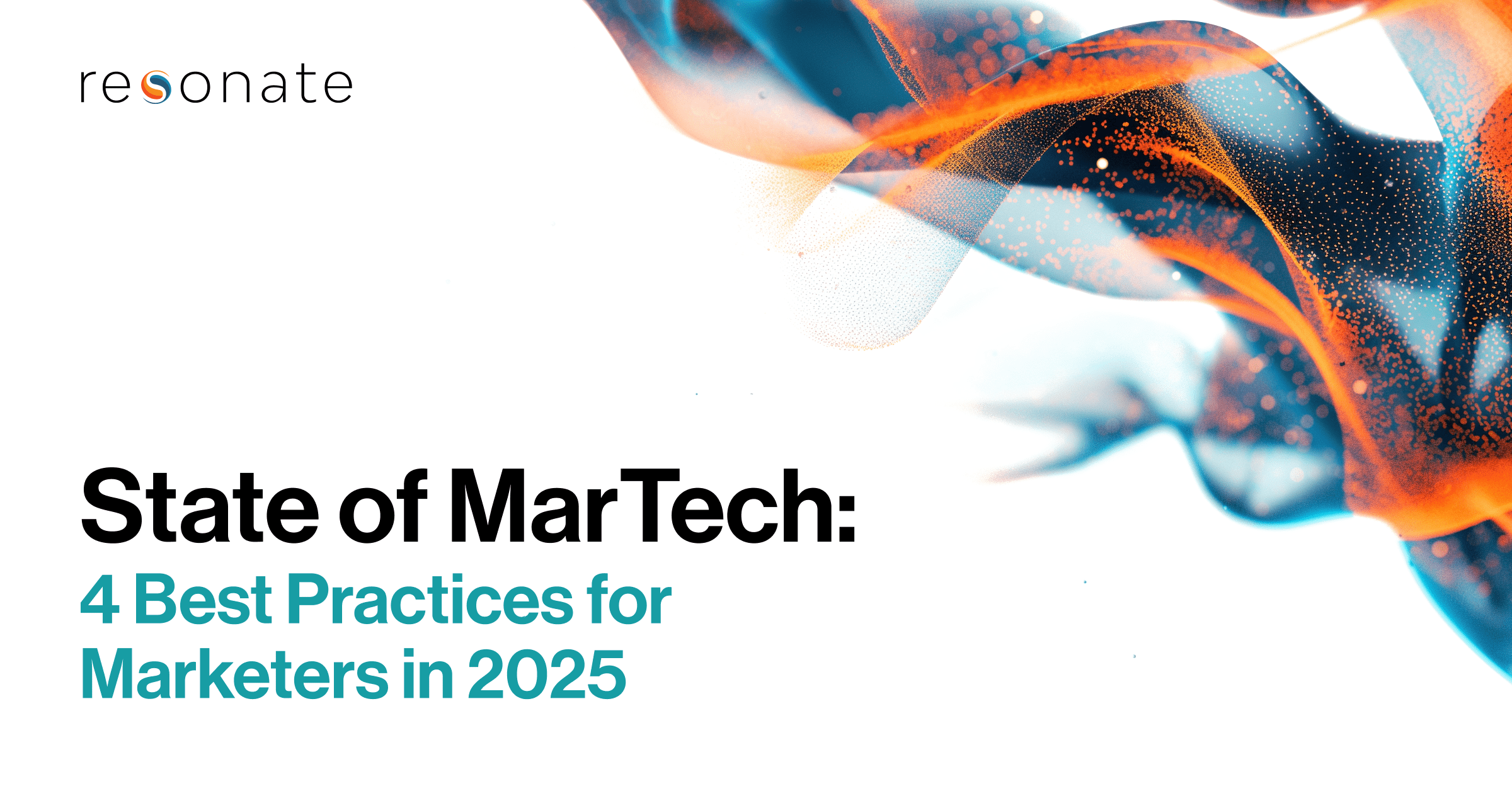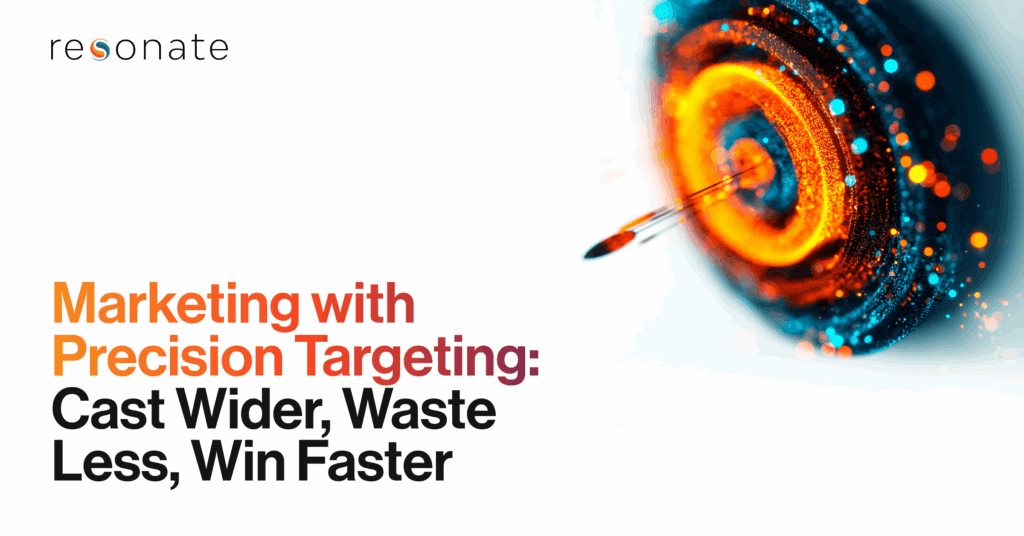In today’s marketing landscape, data is no longer optional — it’s the foundation. Below are four best practices that marketing leaders must embrace if they want to thrive.
1. Harness Truly Actionable Consumer Data
Key takeaways:
- Use consumer data to build complete audience profiles — not just transactional records.
- Blend demographic data and psychographic data to unlock richer predictive insights.
- Choose audience intelligence platforms that update continuously and integrate across channels.
Today’s brands can’t rely solely on first‑party data or traditional CRM exports. What matters is actionable consumer data. That means data that’s current, comprehensive, and fused with context.
- Demographic data (age, gender, household, income) alone tells you who a customer is.
- Psychographic predictive data (values, motivations, attitudes, behaviors) tells you why they act.
Together, they enable predictions about future behavior and lifetime value (LTV). Automating these insights within your tech stack ensures rapid activation. For example, triggering a personalized email or ad when a segment changes.
By investing in an audience intelligence platform that blends both demographic and psychographic predictive data, you make your marketing smarter and faster. That platform then becomes a strategic asset, not just a tool.
2. Build a Flexible Martech Stack with Audience Intelligence at Its Heart
Key takeaways:
- Choose modular technology over monolithic platforms.
- Ensure your stack supports real‑time data activation from audience intelligence platforms.
- Integrate your consumer data across channels for seamless experiences and unified measurement.
Marketing technology must do more than manage campaigns, it must orchestrate audiences, insights, and actions. That means:
- Your stack should allow plug‑and‑play components (data ingestion, identity resolution, activation, measurement).
- Your audience intelligence platform is the engine that feeds real‑time insights (built on consumer data enriched with psychographic and demographic layers).
- Your tools must interoperate (APIs, clean rooms, unified identity layers) so you don’t end up with siloed data and fragmented experiences.
- Example use case: A brand uses its audience intelligence platform to identify a “wellness‑focused consumer” segment (psychographic layer), then pushes that segment into an activation tool to deliver an email campaign — all within minutes.
In short: Your marketing tech stack should enable insight‑to‑activation with minimal friction.
3. Elevate Personalization with Rich Segments from Audience Intelligence Platforms
Key takeaways:
- Personalization is no longer just “Hi {FirstName}” — it’s adjusting message, channel, timing based on real‑time audience insight.
- Psychographic data enables deeper relevance. For example, a consumer motivated by sustainability behaves differently than one motivated by value.
- Using audience intelligence platforms ensures segments are continuously updated and actionable at scale.
One of the biggest mistakes marketers still make is treating every consumer the same — or relying only on demographic buckets (like “women 25‑34”) without deeper layering. Here’s how to move beyond static segmentation to create personalization at scale:
- Segment creation: Use psychographic and demographic data to build segments like “eco‑aware high‑spenders” or “budget‑conscious deal‑seekers.”
- Activation: Use your audience intelligence platform to push those segments into paid media, email, direct mail, or website personalization.
- Iteration: Monitor LTV, engagement rates, and responsiveness — then refine segments based on performance.
- Scaling: Because your audience intelligence platform is constantly updating data (nightly, hourly), your personalization stays fresh and relevant.
- Privacy and governance: Make sure your stack is compliant with consumer‑privacy regulations, uses privacy‑safe methods (e.g., anonymized identifiers, clean‑room integration).
By elevating personalization in this way, you move from “one‑size‑fits‑all” messaging to audience intelligence‑driven relevance that drives outcomes.
4. Measure and Optimize for Business Outcomes, Not Just Clicks
Key takeaways:
- Define clear business outcomes (revenue, retention, LTV) and tie your consumer‑data strategy to them.
- Use audience intelligence platforms’ predictive insights to forecast, measure, and optimize for those outcomes.
- Shift from vanity metrics (impressions, clicks) to customer‑value metrics (incremental lift, retention, loyalty).
Too often, marketing teams optimize for the wrong metrics. The smarter approach:
- Step 1: Choose your north‑star business outcomes. For example: “Increase high‑LTV customers by 30% year‑over‑year.”
- Step 2: Use your audience intelligence platform to identify the attributes of your high‑LTV segments (drawing from both demographic data and psychographic data).
- Step 3: Activate campaigns targeting those segments.
- Step 4: Measure what matters — incremental value, repeat purchase rate, cost to acquire high‑LTV customer.
- Step 5: Optimize: feed results back into your data and segmentation engine, refine psychographic layers, adapt messaging.
This full loop—from consumer data capture → audience intelligence → activation → measurement → refinement—ensures your martech investment drives real business impact.
Why These Practices Matter Now
- The martech landscape now houses over 15,000 solutions — growth of nearly 100× since 2011. chiefmartec+1
- With third‑party cookies disappearing, brands must lean harder on data collected or purchased in privacy‑safe ways.
- Audience intelligence platforms that combine consumer data + predictive modeling are becoming the strategic enabler of modern marketing.
- Brands that treat their marketing stack as a revenue engine, not just a cost center, will out‑perform peers.
Use Cases
- Learn how Resonate data drove 4x growth for a popular water brand.
- Review how agencies are beating the competition and delivering customer satisfaction by leveraging audience intelligence platforms.
Frequently Asked Questions
What is consumer data and why does it matter?
Consumer data is any information that describes individuals’ behaviors, preferences, identity attributes or motivations. It matters because it enables deeper personalization, segmentation, and prediction of future behavior.
How are demographic data and psychographic data different?
Demographic data covers “who” (age, income, location, gender). Predictive psychographic data covers “why” (attitudes, motivations, lifestyle). Using both together gives fuller insight into consumers.
What is an audience intelligence platform?
An audience intelligence platform ingests, enriches, segments, and activates consumer data (both demographic and psychographic) to inform marketing decisions and drive campaigns.
Why do marketers need to shift focus to business outcomes?
Clicks and impressions don’t always tie to profit. Focusing on outcomes like LTV, retention, or incremental revenue ensures marketing contributes directly to business growth.
How can brands ensure privacy‑compliance while using audience intelligence platforms?
Brands should use privacy‑safe approaches (e.g., anonymized IDs, clean‑room activation), collect consented data, follow frameworks like GDPR/CCPA, and lean on platforms designed for data governance.
This article is brought to you by Resonate, the leader in predictive consumer intelligence. Brands leverage Resonate’s AI‑powered consumer intelligence and unparalleled data services to identify who their highest-value audiences are—and what they’ll do next, with precision and speed. Learn more about Resonate’s newest solutions—and our time-tested Ignite Platform—by scheduling a consultation with a data expert today.



